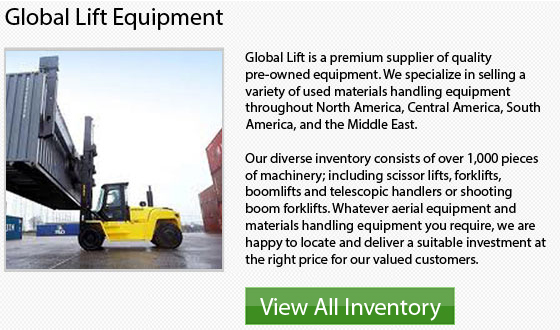
Safety Requirements for Scissor Lifts
Scissor lift machines are referred to as "moveable scaffolds," according to the OSHA. These industrial machinery are capable of raising heavy and big cargo that are balanced well. They are responsible for moving workers and their supplies to and from high places safely and efficiently. As these mobile heavy machines are classified as heavy machinery, there are a lot of safety requirements which apply to the maintenance and use of scissor lifts.
Movement
Scissor lifts sit upon a wheeled base so they could move around to access a wider variety of areas. These pieces of machines have been designed to move heavier cargo, equipment and even employees down and up to work areas. For safety reasons, employees are not allowed to ride on a scissor lift while relocating. Usually, this is to help make certain that no one falls from the equipment while it is being used. All employees working directly with as well as around the machinery should be informed about its movement prior to the driver releasing the safety brake in order to make the lift move. Constant communication around heavy machines helps keep the working environment and all those in it safe.
Fall Protection
There are several strict safety regulations to follow regarding the safety standards for the scissor lifts in an effort to make certain that employees do not fall from the lift when they are utilizing it. Even though scissor lifts are not required to be enclosed, there are features like guard rails placed around the lift perimeter as well as a lock that must be engaged on the lift platform entrance each and every time the lift is being used. There are also slip guards in place for added safety.
Another good safety habit workers must make is ensuring that heavy loads or anything on the lift platform is fastened down in a secure way prior to moving the lift to be sure that nothing causes anybody on the lift platform to become injured.